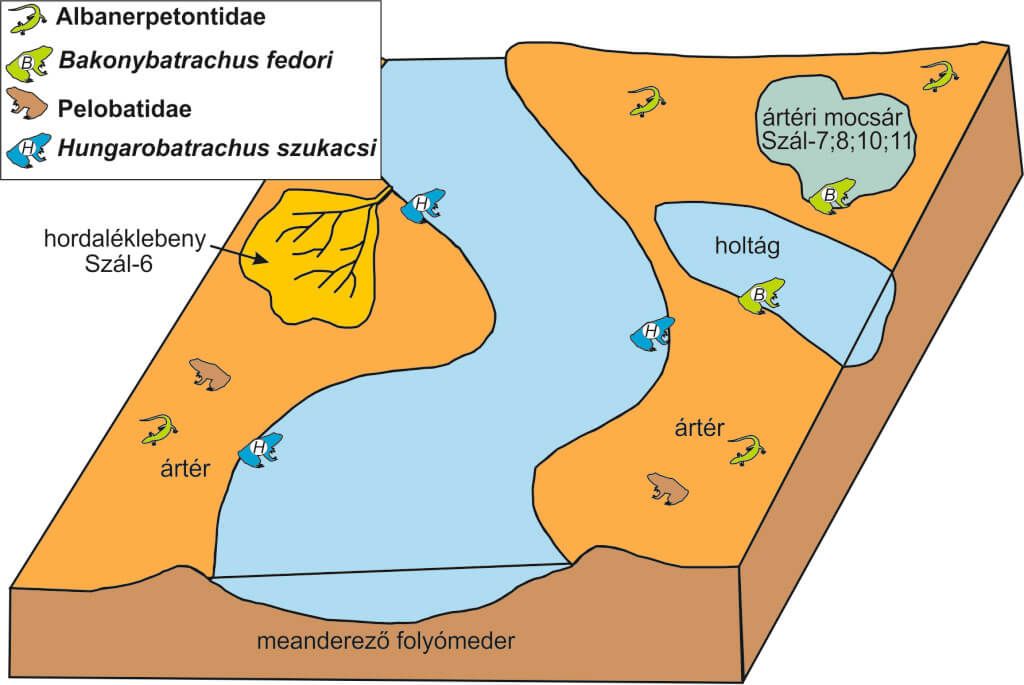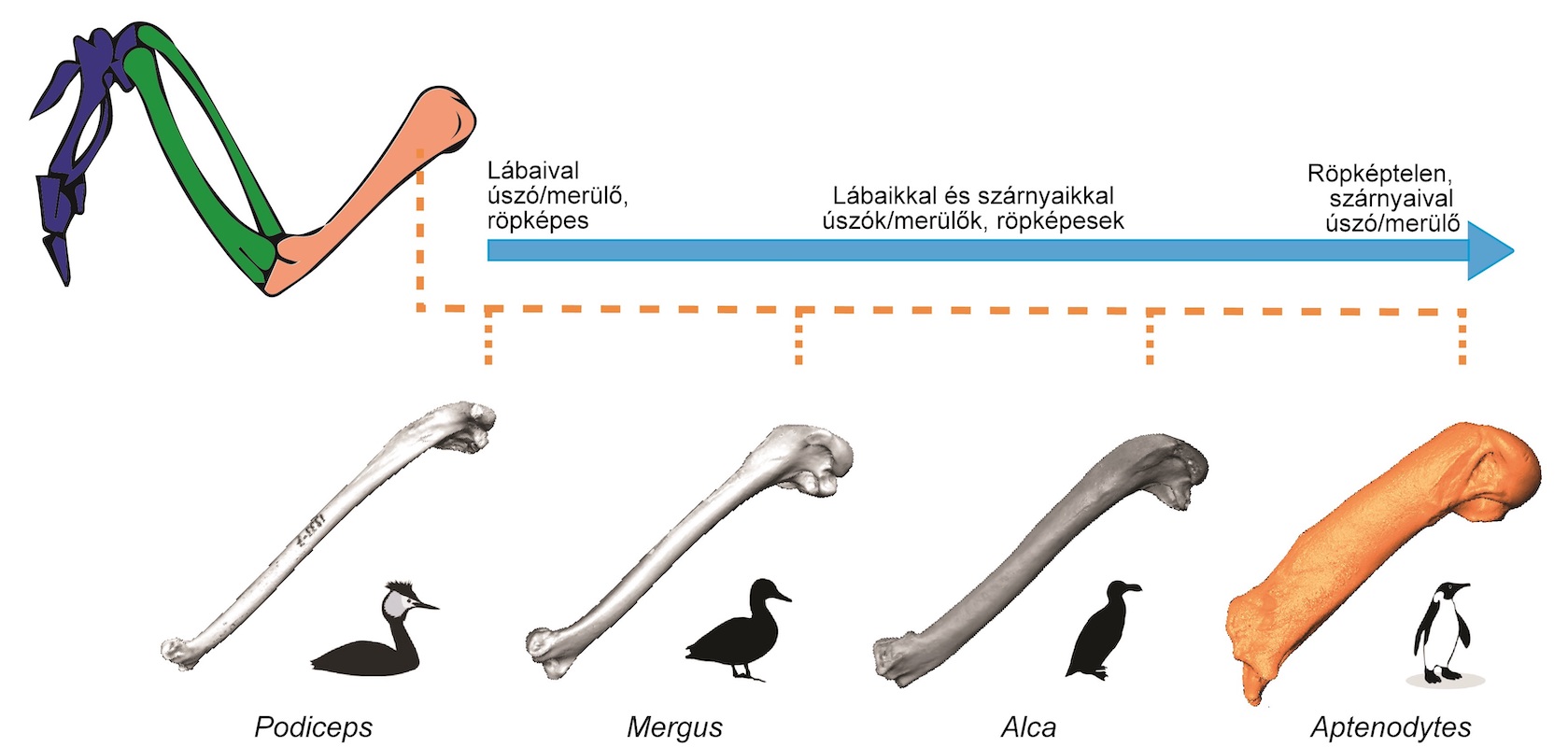
Plant mesofossil studies
In Europe there are less than a dozen Late-Cretaceous localities where plant remnants are fossilised together with vertebrate remains…

The Iharkút locality provided four, in many ways quite different, species of crocodiles, with the most distinct differences in their teeth. Our research project on different teeth was launched in 2017, led by Krisztián Horváth and Edina Prondvai. The aim of this project is to compare dental histology of Iharkutosuchus makadii, Allodaposuchus, Theriosuchus and Doratodon, and to get a better, more detailed understanding of their paleobiology. The four crocodiles lived in nearly the same area, but had different diets. While, for example, the Iharkutosuchus (known only from Iharkút) was a semi-aquatic herbivore-omnivore, Doratodon was a completely terrestrial predator, similar to theropod dinosaurs. Allodaposuchus most closely resembled the crocodiles living today because of its semi-aquatic predatory lifestyle, while Theriosuchus lived near the water, and its posterior dentition were characterized by bulbous crushing teeth, which allowed the consumption of harder, shelled food.
The different teeth raised many questions: What are the microscopic differences in the teeth? What is the structure of tooth enamel, the structure of dentin, cementum? How long did it take for a tooth to develop, how quickly did it alternate?
The teeth are examined mainly with polarizing microscope based on thin sections, but (especially in the case of enamel) it is necessary to use scanning electron microscopy (SEM) and in certain special cases backscattered electron diffraction (EBSD). With the SEM we received a lot of help from the staff of the Hungarian Museum of Natural History, and in the case of SEM and EBSD from the Department of Petrology and Geochemistry of the Eötvös Loránd University.

In Europe there are less than a dozen Late-Cretaceous localities where plant remnants are fossilised together with vertebrate remains…

There are many groups in the vertebrate life of the Mesozoic in Earth history that no longer exist today …

A lot of hitherto unknown fragmentary frog skull bones unearthed from the Iharkutian Late Cretaceous (Santonian) paleovertebrate locality…

Birds originated in the Jurassic, and later diversified occupying different media and environments…